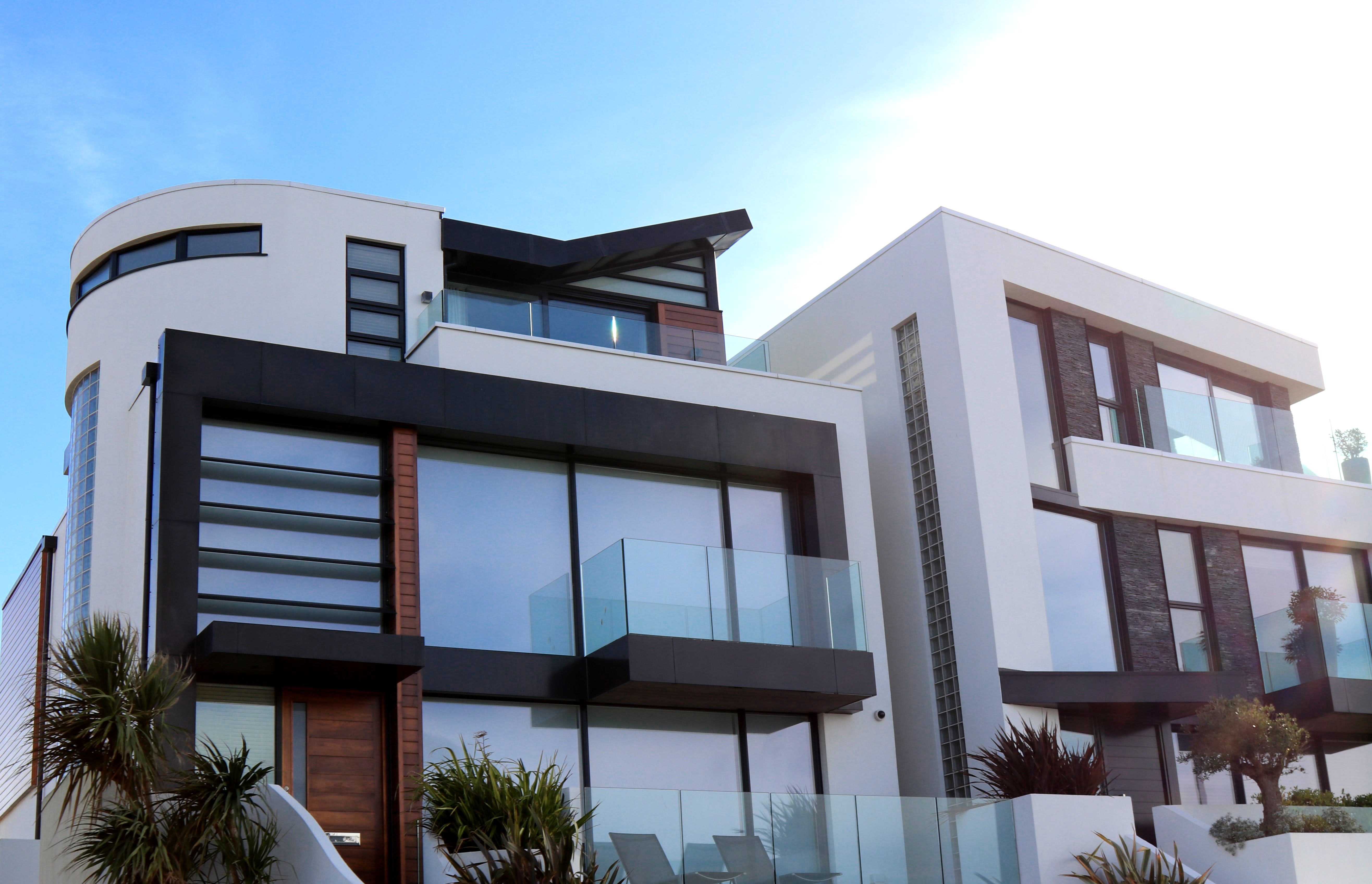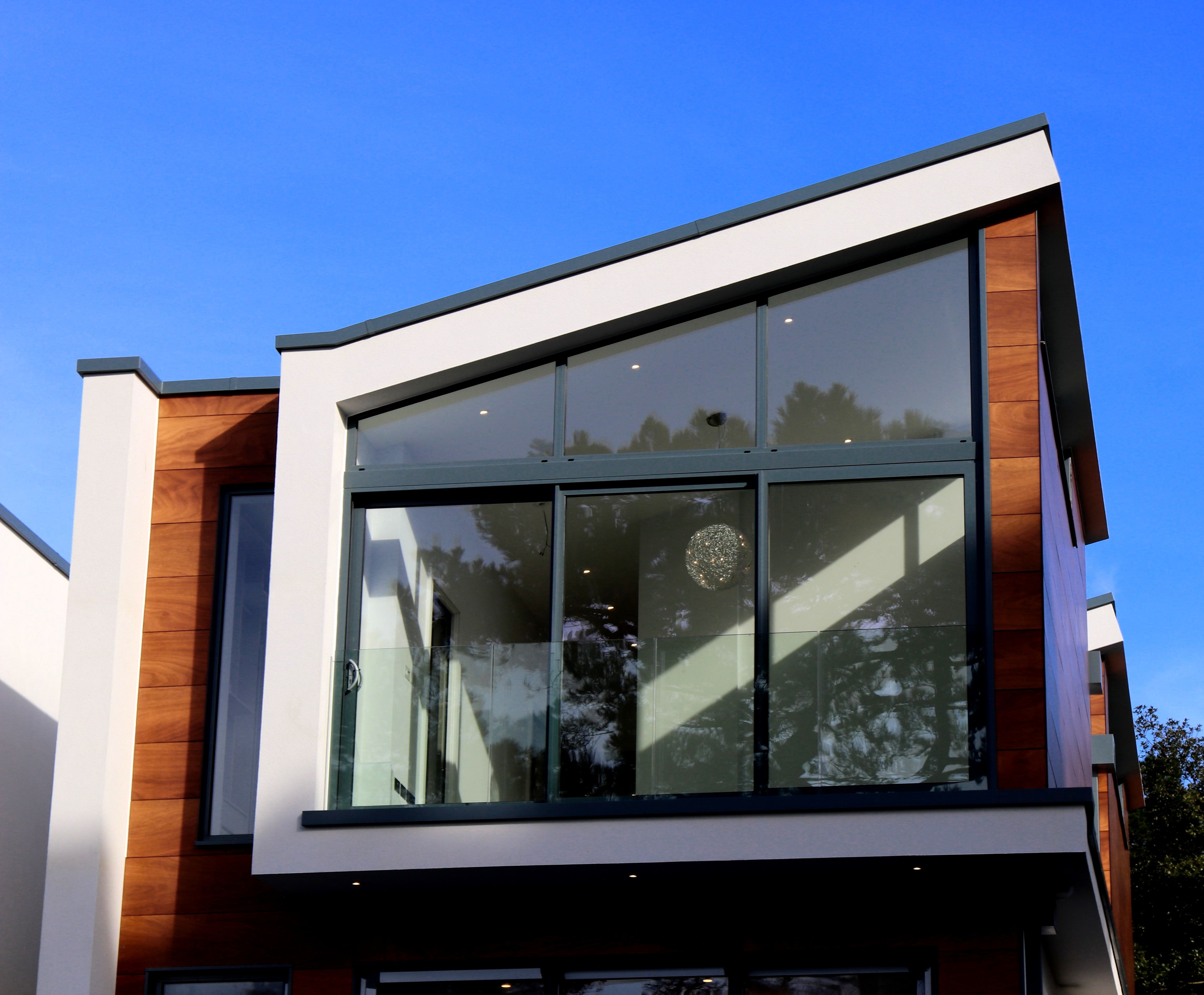Innovative Approaches Transform Home Construction: A Look at the Future of Building
From 3D printing to sustainable materials, new methods are revolutionizing the way homes are built
*Innovation is reshaping the landscape of home construction as builders and architects embrace cutting-edge methods to create more efficient, sustainable, and cost-effective homes. From 3D printing to the use of advanced materials, these revolutionary approaches promise to change the way we think about housing.*
**1. 3D Printing Homes: Building the Future Layer by Layer**
One of the most exciting developments in home construction is 3D printing. This technology allows builders to create entire homes layer by layer using a specialized 3D printer. In addition to being faster and more cost-effective, 3D printing reduces waste and allows for intricate designs that were previously challenging to achieve.
A prime example is the “Apis Cor” 3D printer, which has been used globally to construct houses. These machines can create a small house in as little as 24 hours, offering a solution to housing shortages and disaster recovery efforts.
**2. Sustainable Building Materials: Eco-Friendly Homes for the Future**
The construction industry is increasingly turning to sustainable materials to reduce its environmental impact. Recycled and renewable materials like reclaimed wood, bamboo, and recycled steel are becoming more prevalent in construction projects. Moreover, new advances in materials science have led to innovations like carbon-negative concrete, which captures more carbon dioxide than it emits during production.
Sustainability is a major focus in modern home construction, and these materials not only reduce environmental harm but also contribute to energy efficiency and long-term cost savings for homeowners.
**3. Prefabricated Homes: The Rise of Modular Construction**
Prefabricated, or prefab, homes are gaining popularity due to their efficiency and affordability. These homes are constructed in sections or modules in a factory and then assembled on-site. This approach reduces construction time, minimizes waste, and can be more cost-effective than traditional building methods.
Companies like “Modsy” offer customizable prefab homes that allow homeowners to select from a range of designs and features, providing a level of personalization while maintaining efficiency.
**4. Smart Homes: Integrating Technology into Construction**
The integration of smart technology is another innovation in home construction. From energy-efficient lighting and heating systems to integrated security and automation, these features are becoming standard in newly built homes.
Builders are increasingly incorporating technology into the construction process, making it easier for homeowners to control and monitor their homes through mobile apps and voice-activated devices.
**5. Robotics and Automation: Precision in Building**
Robots and automation are being employed on construction sites to improve precision and efficiency. Drones are used for site surveys and inspections, while robotic arms can handle repetitive tasks such as bricklaying and concrete pouring with precision and speed.
This technology not only accelerates construction but also enhances worker safety and reduces the risk of human error.
**Conclusion**
The future of home construction is undergoing a remarkable transformation, driven by innovative technologies and a growing emphasis on sustainability and efficiency. From 3D printing and sustainable materials to prefab homes, smart technology, and automation, these new methods promise to reshape the way homes are built, making them more accessible, eco-friendly, and customized to the needs of homeowners. As these advancements continue to evolve, the construction industry is poised for a dynamic and sustainable future.



